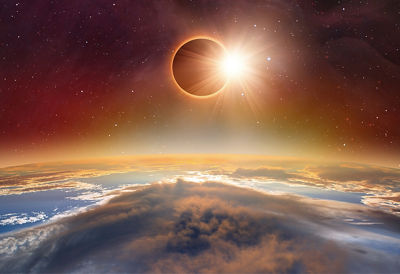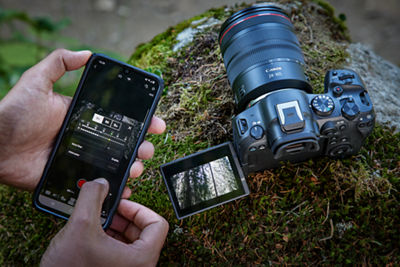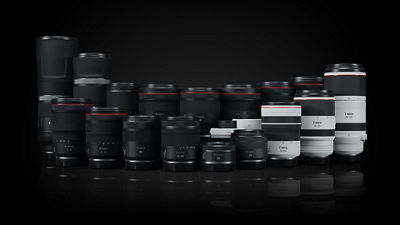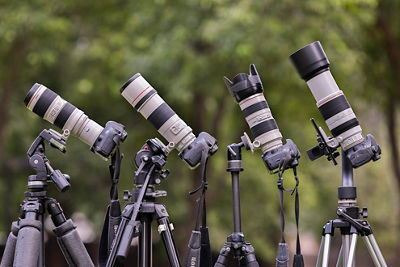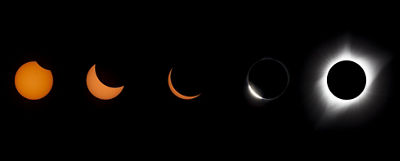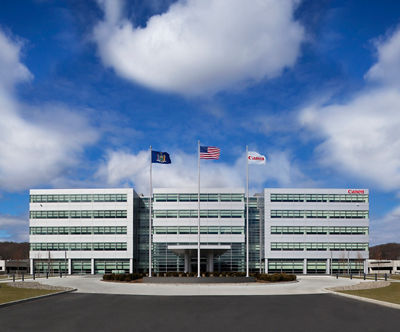North America will experience a breathtaking astronomical event on April 8, 2024 - a total eclipse of the sun. This is the second eclipse in the 21st century. The last was in 2017 and won’t happen again in North America until 2044. What makes this one different than the one in 2017 is the moon lies a bit closer to the earth making it a bit larger in the sky.
You don’t need to be a seasoned pro, anybody will be able to shoot this with the proper precautions, equipment, and techniques. Everyone from novice to professional photographers will be able to photograph it.
Let’s get this warning out there, IT IS NEVER SAFE TO LOOK AT THE SUN WITHOUT PROPER EYE PROTECTION WHEN ANY PART OF IT IS VISIBLE BEHIND THE MOON! IT IS ALSO NOT A GOOD IDEA TO LOOK THROUGH YOUR CAMERA’S OPTICAL, EYE-LEVEL VIEWFINDER WHEN PHOTOGRAPHING A SOLAR ECLIPSE, EVEN WITH A SOLAR FILTER ON THE LENS, BECAUSE THERE ARE A LOT OF DIFFERENT SOLAR FILTERS ON THE MARKET. SOME ARE SAFE ONLY FOR PHOTOGRAPHY WHILE OTHERS ARE SAFE FOR BOTH PHOTOGRAPHY AND VIEWING THROUGH YOUR DSLR CAMERA’S VIEWFINDER EYEPIECE. USING A SOLAR FILTER ON THE FRONT OF THE LENS, AND VIEWING ON YOUR CAMERA’S LCD MONITOR (AND LIVE VIEW FUNCTION) INSTEAD OF THE VIEWFINDER IS ALWAYS THE SAFE WAY TO PHOTOGRAPH AN ECLIPSE!
If you are planning on photographing any type of solar eclipse, it is crucial to educate yourself on the process and equipment needed to photograph one. A quick web search will turn up many articles and blogs from the 2017 total eclipse showing the process taken and damage to both camera equipment and human eyes by not using the proper equipment.
We can’t stress the importance of safety for your eyes and your camera gear enough. Beware of solar filters being marketed on the Internet as “safe.” Just because they claim to be safe doesn’t mean they are. A truly safe filter for viewing and photography should have a CE or ISO certification.
There is a difference between solar filters used by the public for viewing the solar eclipse and photographers photographing the solar eclipse.
Some marketers are saying that ND filters that restrict 14 – 16.5 stops of light are ‘safe.’ These may be safe for photography use only but not for direct viewing. Restricting the light being passed through a filter is only part of the story. A safe filter for photography and viewing also restricts infrared and ultraviolet light beyond 800nm. Neutral density filters don’t do this. In some cases, you may feel the warmth in your eye but in most you won’t. At that point the damage is done to your eye.
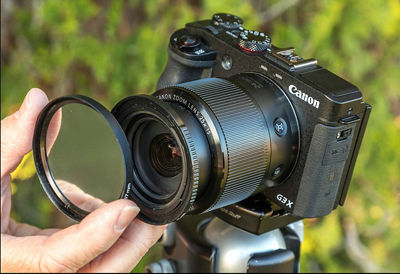
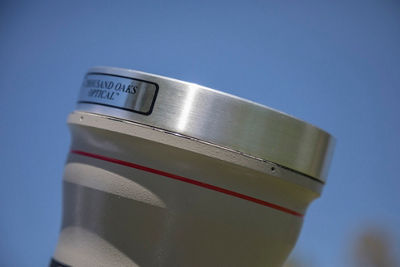
Types of Solar Filters
Solar filters can transmit or restrict different wavelengths of light such as “white” light and Hydrogen-Alpha light. The most common solar filters used by amateur photographers transmit “white” light – which refers to the visible spectrum and not necessarily the color of the sun disk it produces.
Scientists and advanced photographers may want to see details such as prominences and solar flares on the surface. In this case, you’ll need a special filter known as a hydrogen-alpha (or H-alpha) filter. This type of solar filter can be expensive and is available from professional solar filter companies such as Astronimik, Baader, or Thousand Oaks Optical.
For most of the rest of us, there are many “white” light solar filters on the market. There are round non-silvered glass filters, round silvered glass filters, thin metalized Mylar sheets and special silver/black polymer solar film filters.
There are filters meant for photography and filters meant for observing. The first decision you need to make is whether or not you want a “photographic only” solar filter to protect your camera’s sensor, or a filter safe for visual observing (or while looking through your eyepiece if your camera doesn’t have Live View on your LCD screen) to protect your eyes.
The next consideration you need to make is the color of the sun that the filter will produce. Non-silvered glass and metalized Mylar produce a blueish-white sun disk while professional silver/black polymer solar film produces a yellow sun disk.
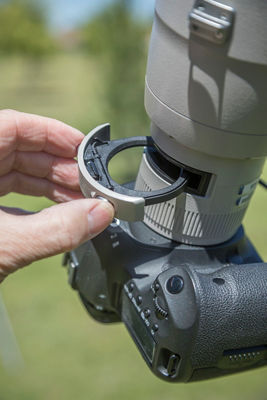
Don’t Use the Rear Filter Tray
Most of the large Canon L-series super-telephoto lenses have a rear mounted slip-in filter tray. NEVER use a solar filter in this tray. This filter mounting system is designed for terrestrial photography using traditional photography filters. It is not designed to house a filter to be directed celestially into the sun. At these magnifications, you will destroy the filter — similar to taking a magnifying glass to a leaf and put your lens, sensor and your eyes in danger. The intense light and heat could fry aperture and image stabilization mechanisms, damage the autofocus sensor and ruin your sensor. Buy the correct front-mounted solar filter. They’re relatively inexpensive and completely safe.
Solar Eclipse – Direct Viewing
If you’re part of a solar viewing group, or just want to enjoy viewing the solar eclipse without a camera, there are safe options as well. You can use special-purpose solar filters, such as “eclipse glasses” or hand-held, cardboard mounted solar viewers.
IT IS OK TO WATCH, ENJOY, AND PHOTOGRAPH A SOLAR ECLIPSE - BUT ONLY IF YOU DO IT SAFELY AND WITH PROPER EYE AND CAMERA PROTECTION!



